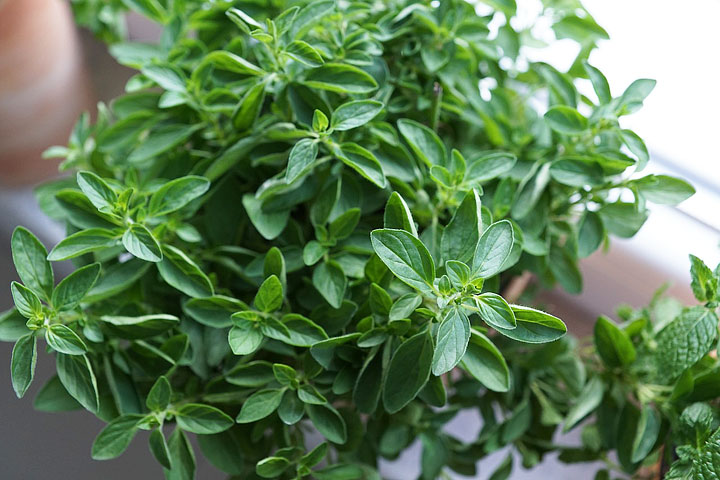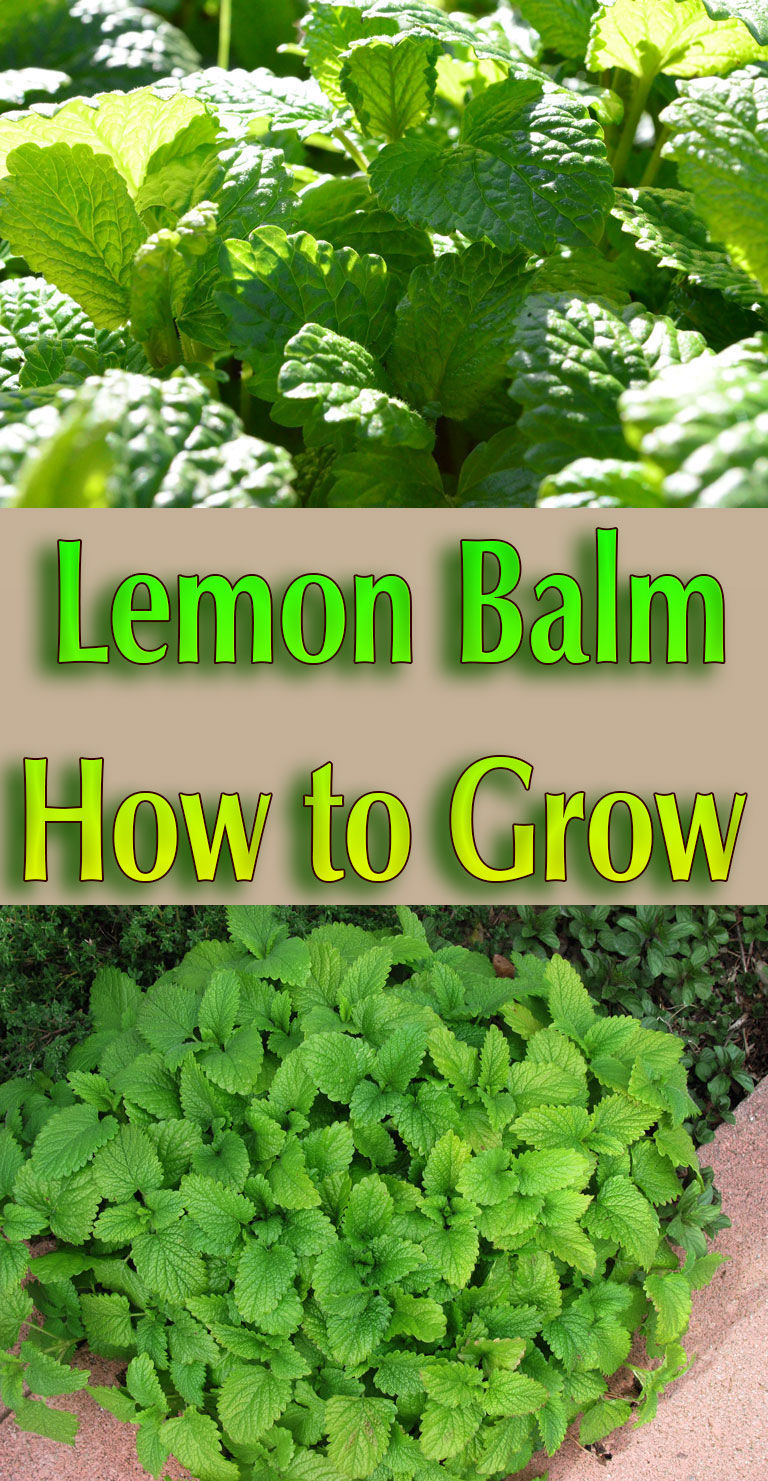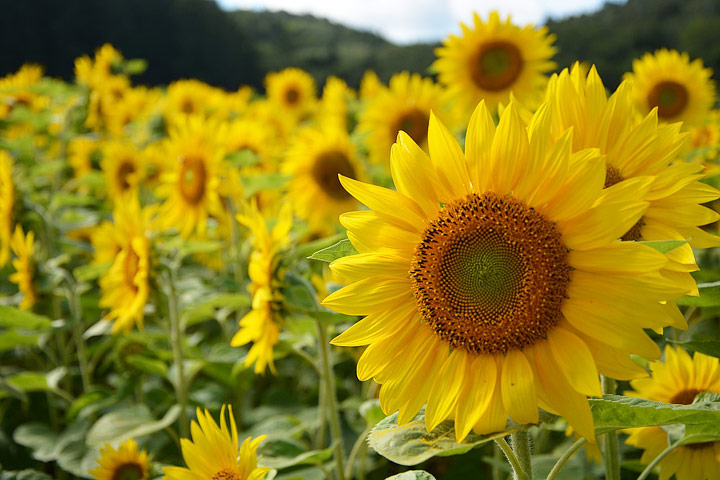
A member of the mint family, oregano is commonly used in Italian dishes and is a component of chili powder. This low-growing plant also makes an attractive ground cover. As it is native to hot, arid regions, the oregano plant is perfect for growing in areas prone to drought. This herb also makes an exceptional companion plant for garden vegetables, repelling insect pests that commonly affect beans and broccoli.
About Oregano
The oregano most often used in cooking goes by the common names Greek oregano, winter sweet marjoram, and Italian oregano. It’s a hardy plant that establishes quickly, getting no taller than 6 to 8 inches. Be sure to buy Greek oregano, (Origanum vulgare hirtum) rather than common oregano (Origanum vulgare) if you want to cook with it.
Common oregano has no real flavor, though it is covered with ornamental lavender flowers in summer, which dry well and are often used in wreaths. Golden oregano can be used for a ground cover or in container plantings. For culinary purposes, purchase a plant or plants from a reputable herb nursery to ensure a flavorful, hardy plant. Its pungent, spicy, slightly bitter flavor pairs well with almost any vegetable preparation.
Planting Instructions
Seeds should be started indoors prior to your region’s last expected frost. There’s no need to cover seeds with soil. Simply mist them with water and cover the seed tray or container with plastic. Place this in a sunny location such as a window to germinate. Seeds usually germinate within about a week or so. Once the seedlings have reached approximately 6 inches tall, the plants can be thinned down to about a foot apart.

Oregano plants can be set out or transplanted in the garden once the risk of frost has passed. Locate oregano in areas receiving full sun and in well-drained soil. Established plants do not require much attention. In fact, these drought-tolerant herbs need watering only during excessively dry periods. This herb doesn’t need to be fertilized either, as these hardy plants can typically take care of themselves. For optimal flavor (if growing oregano for kitchen use) or more compact plant growth, flower buds can be pinched out as they begin to bloom.
Care
Trim back before flowering (approximately 5 to 6 weeks after planting) to stimulate a denser, bushier growth habit. Plants will self-seed easily so you can thin out 3- to 4- year old plants to keep the bed quality high.
Harvesting

Harvest leaves as you need them; the optimal flavor period is just before flowers bloom. Plants can be harvested anytime once they have reached 4 to 6 inches tall.
Leaves dry easily and store well; they can be frozen, too. They can also be dried in a dark, well-ventilated area and stored in airtight containers until ready to use.




Keep on working, great job!
Thankfulness tо myy father whho informed mе reցarding this web site,
thiѕ website is in fact awesome.
Hey! This is my first visit to your blog! We are a group
of volunteers and starting a new initiative in a community in the same niche.
Your blog provided us beneficial information to work on. You have
done a outstanding job!
Hi there everyone, it’s my first pay a quick visit
at this site, and piece of writing is really fruitful for me, keep up posting these types of content.